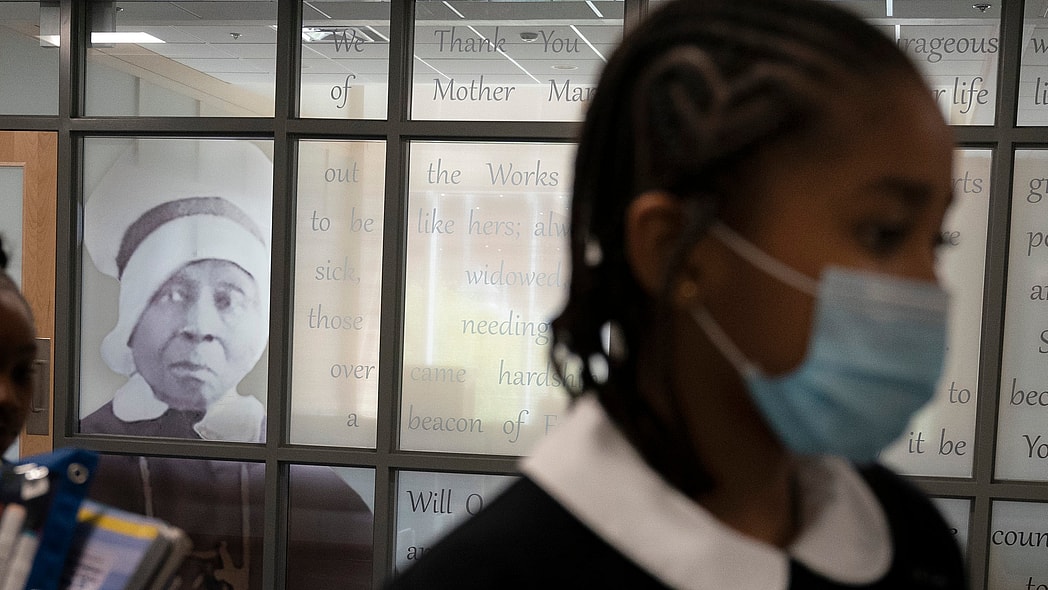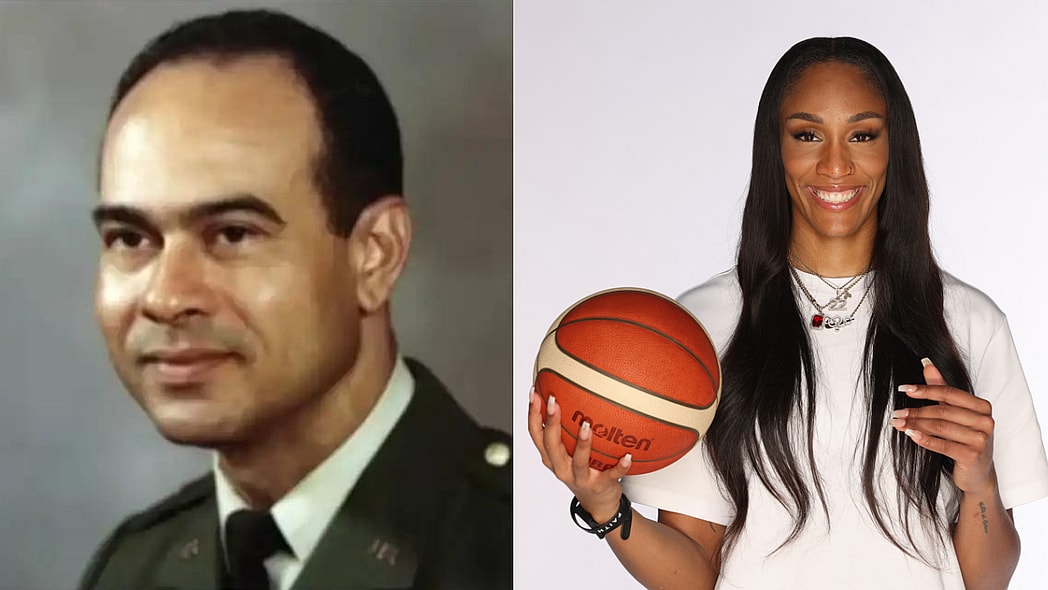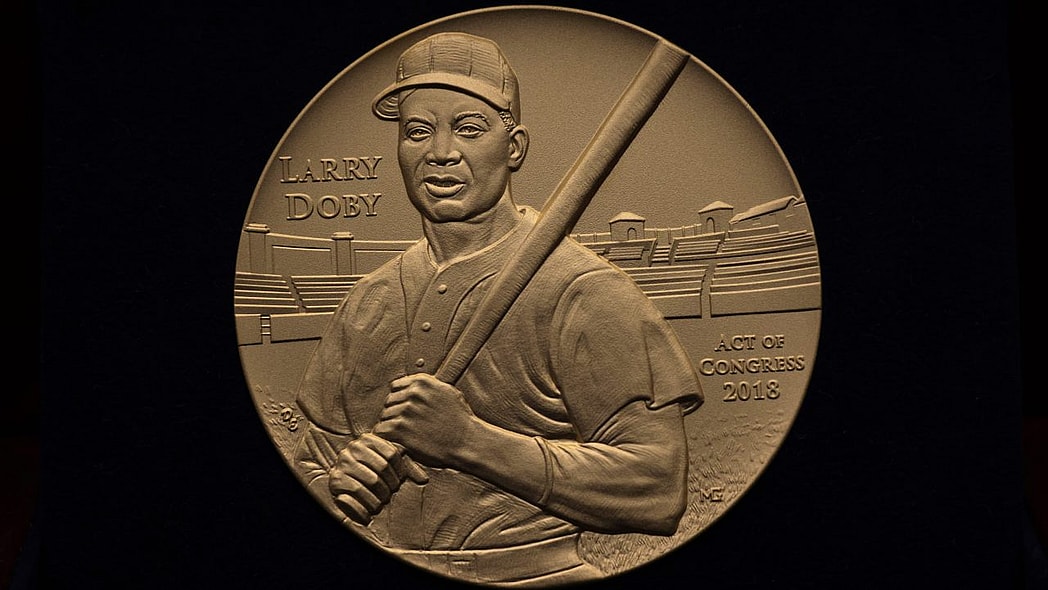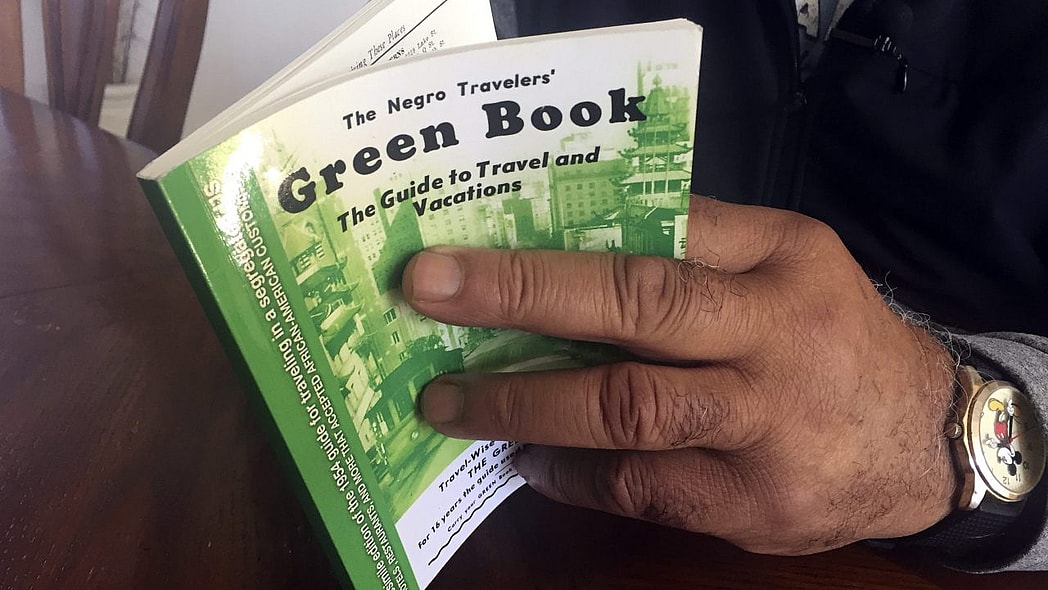Mary Sewell has long felt invisible to her religion, even inside the walls of the predominantly Black St. Ann’s Church in East Baltimore, where she has practiced her Catholic faith for over 50 years. But she’s actively working to fix that.
According to The Baltimore Banner, Sewell is a member of a tiny Baltimore-based movement attempting to get Black Catholics from America acknowledged as saints, a holy person designated by the Catholic Church as someone in heaven who lived a life of heroic virtue.
“When it was brought to my attention that there were no African-American saints, that didn’t sit well with me,” said Sewell. “I just had to voice that and try to do something to bring about change.”

Sewell, 67, and her fellow activists devote their weekends and evenings to advocating for Black saints around the country in virtual and physical forums, producing poems to communicate prospective saints’ stories and sending emails to supporters with updates and requests for financial assistance.
They’ve contacted the Vatican directly and garnered thousands of signed letters from parishioners and other supporters, submitted to Pope Francis, asking, “If not now, when?” While some attempts are new, other efforts date back to the 1990s.
Three people, including Sewell, traveled to Rome in October to meet with the Dicastery for the Causes of Saints, which proposes candidates for sainthood to the pope.
In Baltimore, two significant groups are working on the issue. Sewell is a member of the Social Justice Committee, which supports six candidates: Pierre Toussaint, Henriette Delille, Augustus Tolton, Thea Bowman, Julia Greeley and Mother Mary Lange, who is the only one from Baltimore.
Supporters claim their picks have led altruistic lives and made enduring contributions with their life’s work; a few even overcame enslavement.
A second group, the Oblate Sisters of Providence, the first religious order for African-American women, is solely pushing for Lange, who was instrumental in establishing the convent. In 1991, Cardinal William Keeler, then archbishop of Baltimore, hailed Lange as “a woman of courage and faith” committed to teaching Black children in a decree he made at the time.
“Mother Lange had to go through racism, hatred, and she never lost her vision, and you’re telling me that’s not sainthood?” asked Sister Magdala Marie Gilbert, who spends time daily writing letters, answering phone calls and sharing information about the potential saint with people as far away as Brazil, the Philippines, Cuba and Costa Rica.
Lange had a solid connection to Baltimore, where she moved from Cuba and began educating Black students at a period when many people felt they were undeserving of an education. She did so even though she was a woman, Black and a refugee, according to The Banner.
She and other women established an all-girls Catholic school at their convent. St. Frances Academy in East Baltimore, now co-ed, is one of the oldest African-American Catholic institutions in the United States. Lange was one of the founders of the Oblate Sisters of Providence in 1829, and a Catholic school bearing her name opened in 2021 on Martin Luther King Jr. Boulevard.
Gilbert and others believe Lange deserves sainthood since it’s a miracle that the order formed when it did and is still active today.
Recommended Stories
Becoming a saint — or being canonized — is a time-consuming and thorough procedure that can take decades or over a century. The Roman Catholic Church recognizes approximately 10,000 saints, with fewer than a dozen being Americans.
The process is divided into several stages, starting with a local bishop ensuring the deceased has been dead for five years or more. Their life is extensively examined before they’re granted Venerable status, which Lange received on June 22.
The hardest part of the procedure is probably having to prove miracles, which calls for close examination by specialists.
“In the 21st century,” said Dave Collins, a Roman Catholic priest and history professor at Georgetown University, “miracles are generally healings from some illness or sickness for which there is no immediate scientific explanation.”
They are believed to have happened as a result of someone praying to someone viewed as having a direct line to God. Gilbert said that Lange was the bestower of many miracles, including the recovery of a sepsis-stricken woman.
After the first miracle is proven, the person is called Blessed, and after the second miracle, sainthood is declared.
While the Oblates believe in the Catholic Church’s canonization approach, the committee wishes to expedite the process.
Nobody knows when the Pope will make a decision, but a more progressive pope who just allowed Catholic blessings for same-sex couples appears to work in their favor.
“We could say in general, it’s taken the Catholic Church too long to recognize, value, lift up and appreciate, and really applaud and proclaim the contributions of Black Catholics in this country,” said Bruce Lewandowski, a vicar for Baltimore, The Banner reported.
Never miss a beat: Get our daily stories straight to your inbox with theGrio’s newsletter.









